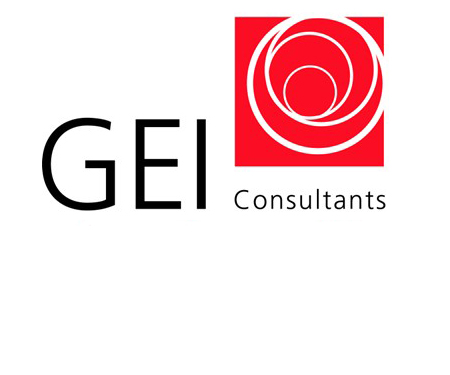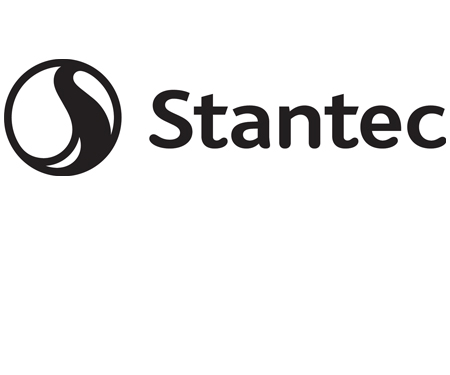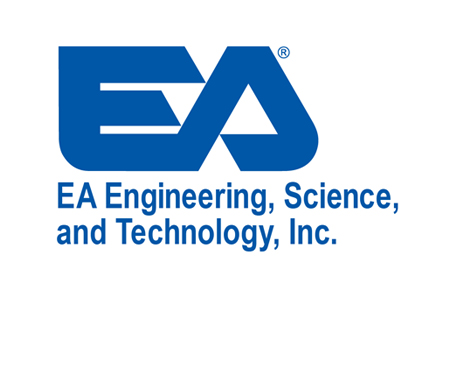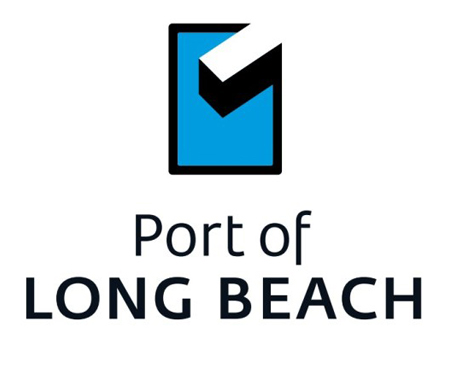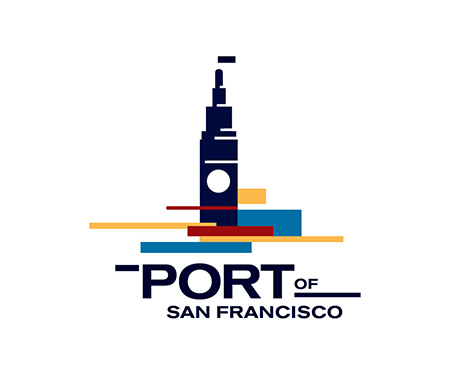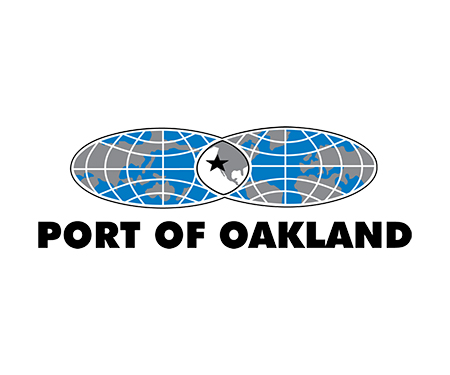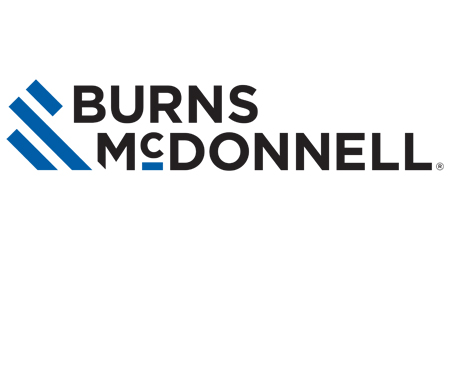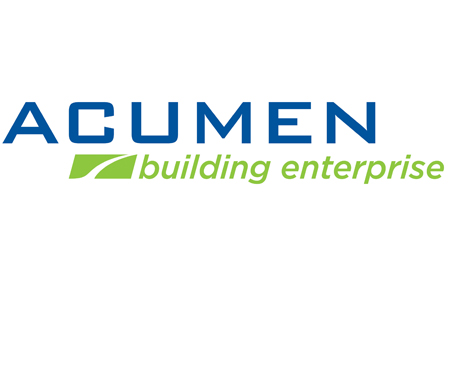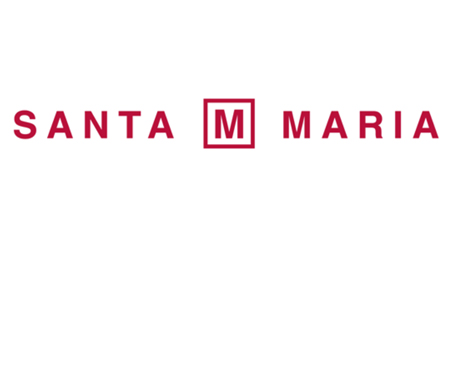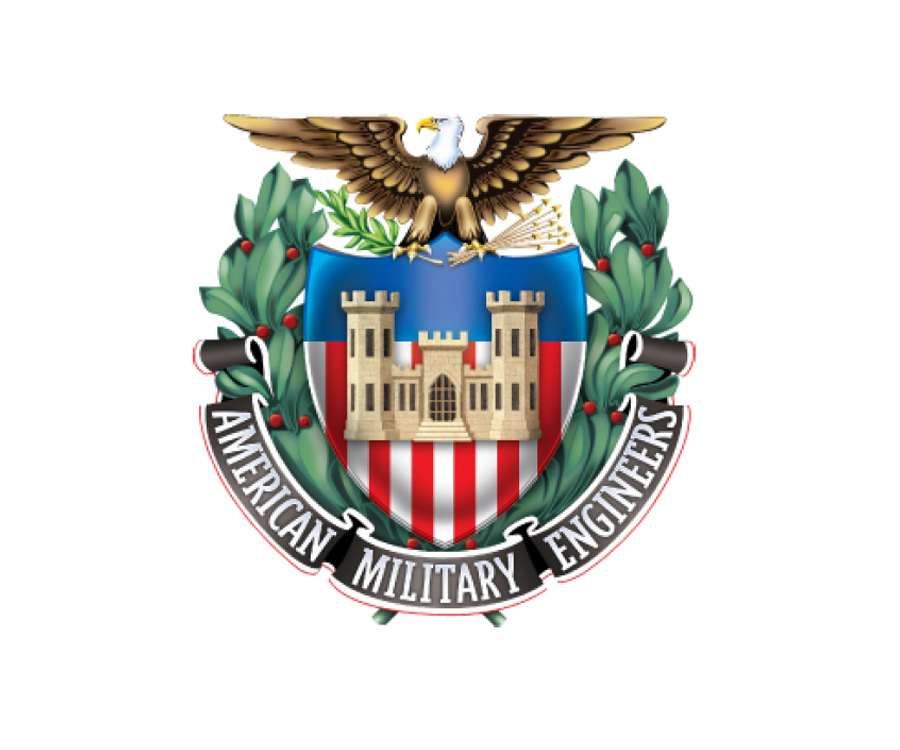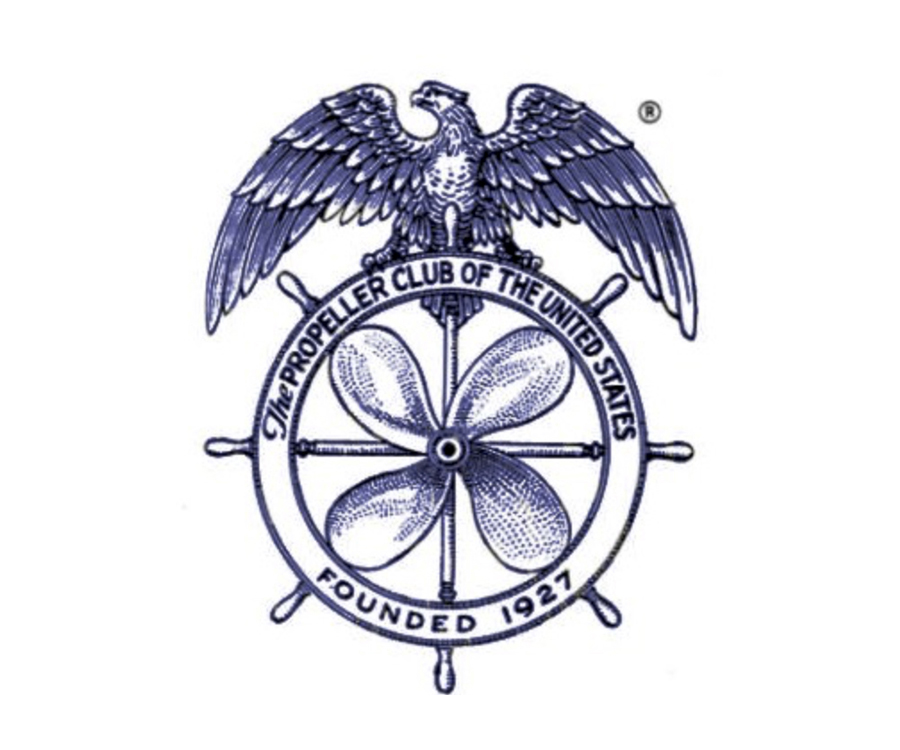The fourth Storms, Flooding and Sea Level Defense conference focused on nature -based solutions to defense against flooding and storm surges impacting coastal communities and ports in the United States. Panelists also discussed new developments in Singapore and the Netherlands.
The November 3rd conference took place virtually and was a joint production of the Society of American Military Engineers and the Propeller Club of Northern California.
Jim Patti, President, International Propeller Club of the United States emphasized the importance of a strong merchant marine and a U.S.- built Jones Act fleet to support increased maritime growth in areas such as dredging and maritime commerce.
SOCIETY OF AMERICAN MILITARY ENGINEERS
Retired Brigadier General Joseph Schroedel, Executive Director, Society of American Military Engineers welcomed the participants and urged collaboration between maritime and coastal stakeholders in addressing resiliency challenges.
Arvind Acharya, President, Society of American Military Engineers, San Francisco praised the participation of SAME chapters in the conference and for supporting of resiliency goals.
The speakers and subject titles were as follows:



